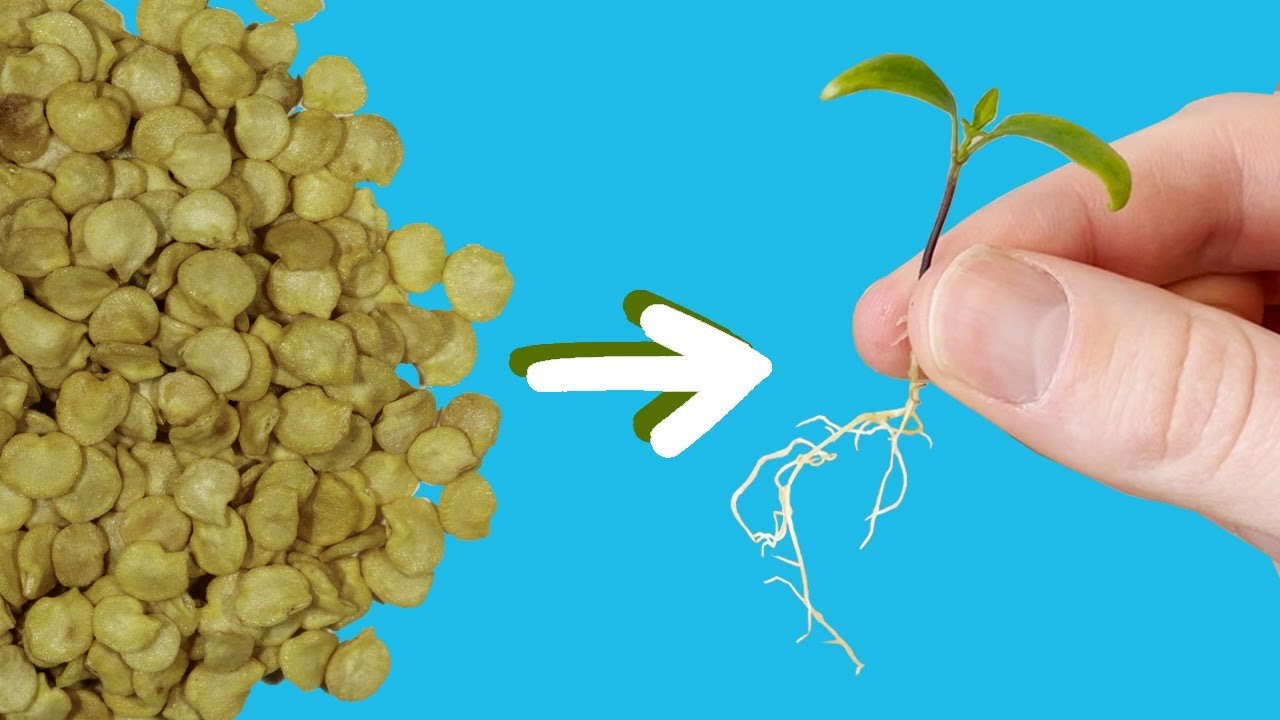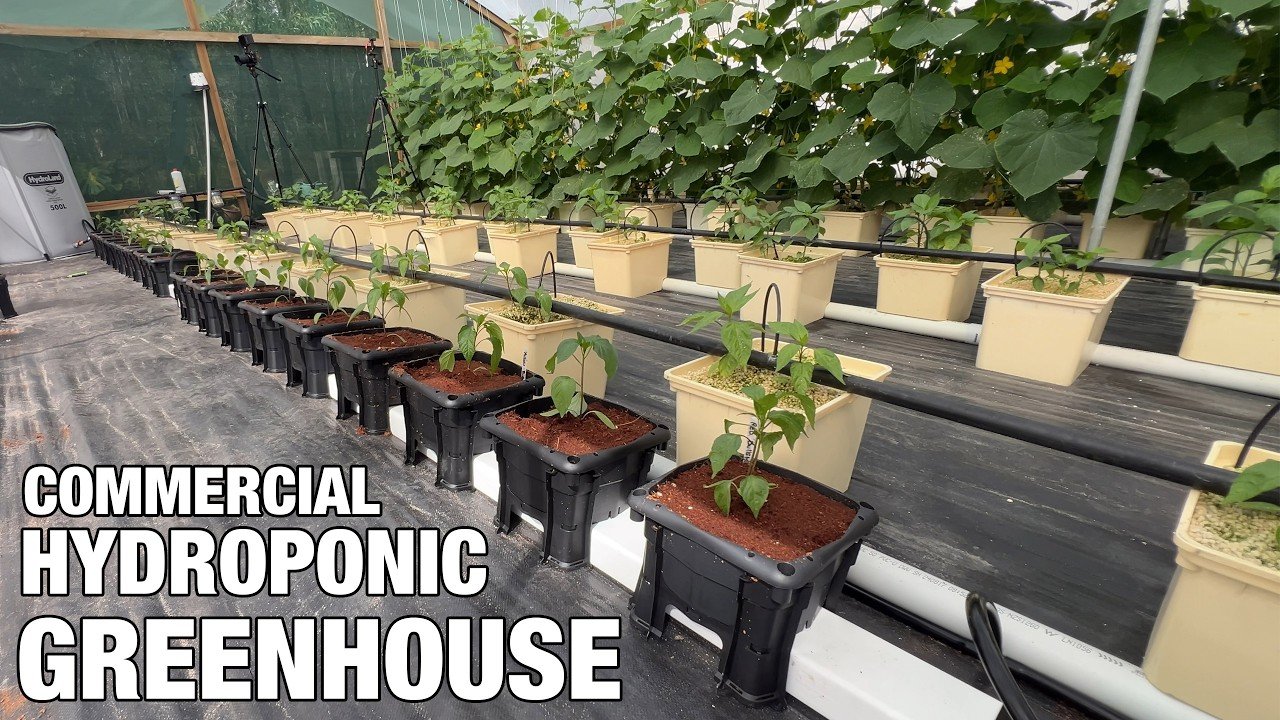The Day I Decided to Go Hydroponic
From the moment I moved back to my small town in Nebraska, I found myself surrounded by the rush of green — cornfields, gardens, and that satisfying hum of summer evenings. But something nagged at me: the food we bought from the store never tasted like it did when I was a kid. So, driven by nostalgia and armed with Wi-Fi, I decided to dip my toe into the world of hydroponics. Little did I know, it would lead me down a rabbit hole of surprises, frustrations, and a whole lot of learning.
Every Great Idea Begins in the Shed
I remember staring at my backyard one Saturday morning, coffee in hand, envisioning a lush array of herbs, tomatoes, and maybe even a few strawberries. It felt like I had a blue sky of possibilities overhead. I rummaged through my dad’s old shed, which looked like it hadn’t been cleaned since the ‘90s. I found some PVC pipes left from a plumbing project, an old fish tank that had seen better days, and a couple of buckets that had been collecting dust for God knows how long. It all felt like a sign — I had the essentials for a homemade hydroponics setup!
At the time, I didn’t even really know what "hydroponics" meant. I figured, as long as I had water and some plants, I was golden. Easy-peasy, right? Well, I grabbed some seeds from the local gardening store: basil, lettuce, and a few bell peppers. I was feeling particularly ambitious.
Water, Water, Everywhere…Or Was It?
My first hurdle came right off the bat when I tried to get the pump working. Oh, that pump! I felt like I was in a standoff with it. I could hardly find the right one, but settled on a second-hand aquarium pump. It looked rough, like it had survived a dozen wars, but desperate times call for desperate measures.
I crammed everything together and set it up on the back porch—completely blissful in my ignorance. Once I finally got it pumping and watched water flow through those PVC pipes, I thought I’d nailed it. It was pure euphoria. But that was short-lived. Within a week, I noticed the water turning a murky green, and my plants weren’t thriving. They had all the enthusiasm of a wilted flower.
The Fishy Business
Diving into aquaponics seemed like a logical next step. If I was going to be serious about this whole hydroponic thing, I needed some fish to help maintain the nutrient cycle. So, surprise, surprise — I made a trip to the local pet store and bought some goldfish. They seemed like an easy-going choice. I named them Goldie and a couple of her friends. Boy, did I take a wrong turn here.
It turns out fish aren’t just decorative little nuggets of joy. They have needs, too. You wouldn’t believe how much time I spent on the phone with a friend who had an actual fish tank. “Your water has to be right! Test the pH! Don’t overfeed them!” she said. Meanwhile, Goldie looked like she might start plotting a rebellion any day now.
I learned this the hard way when one fish succumbed to what I assumed was a bad attitude, but turned out to be a case of bad water quality. Let me tell you, the smell was something I wouldn’t wish on my worst enemy. It was like a mix of old gym socks and slightly spoiled food. I almost called it quits at that moment.
Finding a Flow
But I eventually found a rhythm. I finally took a weekend to rebuild the system, making adjustments with what I could find. I scavenged for better containers and even went to the dollar store to grab some supplies. I turned old mason jars into grow cups and rigged them on a system of shelves using leftover wood from my last DIY project.
With a little time and patience (and more than a few YouTube videos), I learned how to maintain the pH levels and create the right nutrient balance. Suddenly, my plants weren’t just surviving; they were thriving. My basil flourished, smelling like summer itself, and I even managed to harvest a few delicious leaves for pesto on pasta night.
Community Support
You know, it struck me how isolated I felt at first. But then I talked with neighbors and discovered they were just as curious about gardening as I was. My backyard hydroponic project turned into a little gathering point. Folks would stop by to see the plants and fish, and I quickly learned everyone had their own story — the elderly couple down the block reminiscing about their vegetable patch, or the kids asking to help feed Goldie.
It felt surreal; something that originated as a daunting solo project turned into a community endeavor. I even ended up hosting a small potluck where all of us brought dishes made with our homemade veggies — a wild success!
The Final Growth
Through all those hiccups, I learned that hydroponics wasn’t a perfect science; it was an art. Every time I thought I was at the end of my rope, something clicked, and I remembered why I started this adventure. If you asked me to sum up the experience in a word, it would be “resilient.” Much like those plants, every mistake I made led to some unexpected growth, both in my garden and my connections with others.
So, if you’re sitting there, coffee in hand, wondering whether you should dive into hydroponics — please listen closely. Don’t worry about getting it perfect. Just start. You’ll figure it out as you go. Trust me; before you know it, you’ll have fresh basil in your pasta, neighbors buzzing around, and maybe even a few fish tales to share.
And if you’re intrigued and want to deepen your journey, consider joining the next session for a DIY hydroponics workshop. You’ll meet people who understand the ups and downs of the process, and you might just find a new love for growing things.







Leave a Reply